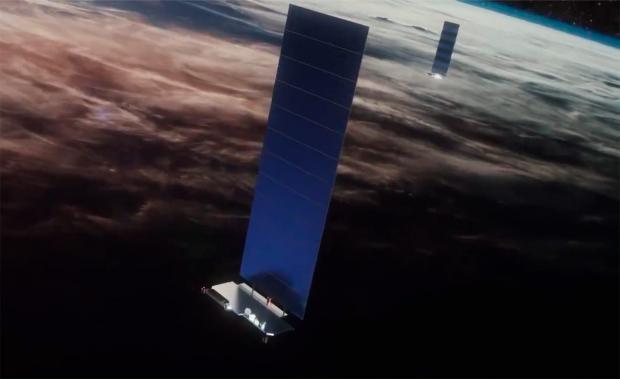
Breaking News
 UN, Gates digital ID, fast payments, data sharing 50-in-5 campaign hits 30 countries
UN, Gates digital ID, fast payments, data sharing 50-in-5 campaign hits 30 countries
 Health Benefits of Topical Magnesium Lotions and Sprays
Health Benefits of Topical Magnesium Lotions and Sprays
 Big Banks Prepare for Compliance Based Currency
Big Banks Prepare for Compliance Based Currency
 Stop 'Rooting For Failure' In Gaza: Vance In Israel Lambasts Western Media
Stop 'Rooting For Failure' In Gaza: Vance In Israel Lambasts Western Media
Top Tech News
 Future of Satellite of Direct to Cellphone
Future of Satellite of Direct to Cellphone
 Amazon goes nuclear with new modular reactor plant
Amazon goes nuclear with new modular reactor plant
 China Is Making 800-Mile EV Batteries. Here's Why America Can't Have Them
China Is Making 800-Mile EV Batteries. Here's Why America Can't Have Them
 China Innovates: Transforming Sand into Paper
China Innovates: Transforming Sand into Paper
 Millions Of America's Teens Are Being Seduced By AI Chatbots
Millions Of America's Teens Are Being Seduced By AI Chatbots
 Transhumanist Scientists Create Embryos From Skin Cells And Sperm
Transhumanist Scientists Create Embryos From Skin Cells And Sperm
 You've Never Seen Tech Like This
You've Never Seen Tech Like This
 Sodium-ion battery breakthrough: CATL's latest innovation allows for 300 mile EVs
Sodium-ion battery breakthrough: CATL's latest innovation allows for 300 mile EVs
 Defending Against Strained Grids, Army To Power US Bases With Micro-Nuke Reactors
Defending Against Strained Grids, Army To Power US Bases With Micro-Nuke Reactors
SpaceX launches 60 Starlink internet satellites, sticks rocket landing

A two-stage Falcon 9 rocket carrying a full load of 60 Starlink satellites lifted off at 8:46 a.m. EDT (1246 GMT) from Pad 39A at NASA's Kennedy Space Center in Florida. The booster's first stage came back to Earth about 9 minutes after launch, landing on one of SpaceX's drone ships in the Atlantic Ocean.
This was the third attempt to get this particular mission off the ground, following weather and data-review delays. The launch marks the first Starlink mission this month and SpaceX's 16th mission so far in 2020. The company's fleet of flight-proven boosters has been busy this summer, with the California-based rocket builder reaching a new milestone on its previous Starlink flight: launching and landing the same first-stage booster six times.
After a weekend of stormy weather, it was nothing but sunny skies and clear weather for a picture-perfect launch. Onlookers cheered as the rumble of the engines roared overhead.
"What a beautiful sight," SpaceX engineer and launch commentator Kate Tice said after the satellites floated away after a smooth deployment.
SpaceX had initially planned to conduct a launch doubleheader on Sunday (Aug. 30), with two different Falcon 9s launching from the company's Florida-based launch pads on the same day — a first for the private spaceflight company. However, those plans were thwarted by poor weather conditions produced by typical summertime thunderstorms in the area.

 SpaceX Heat Shield and Starship Mass Production
SpaceX Heat Shield and Starship Mass Production

